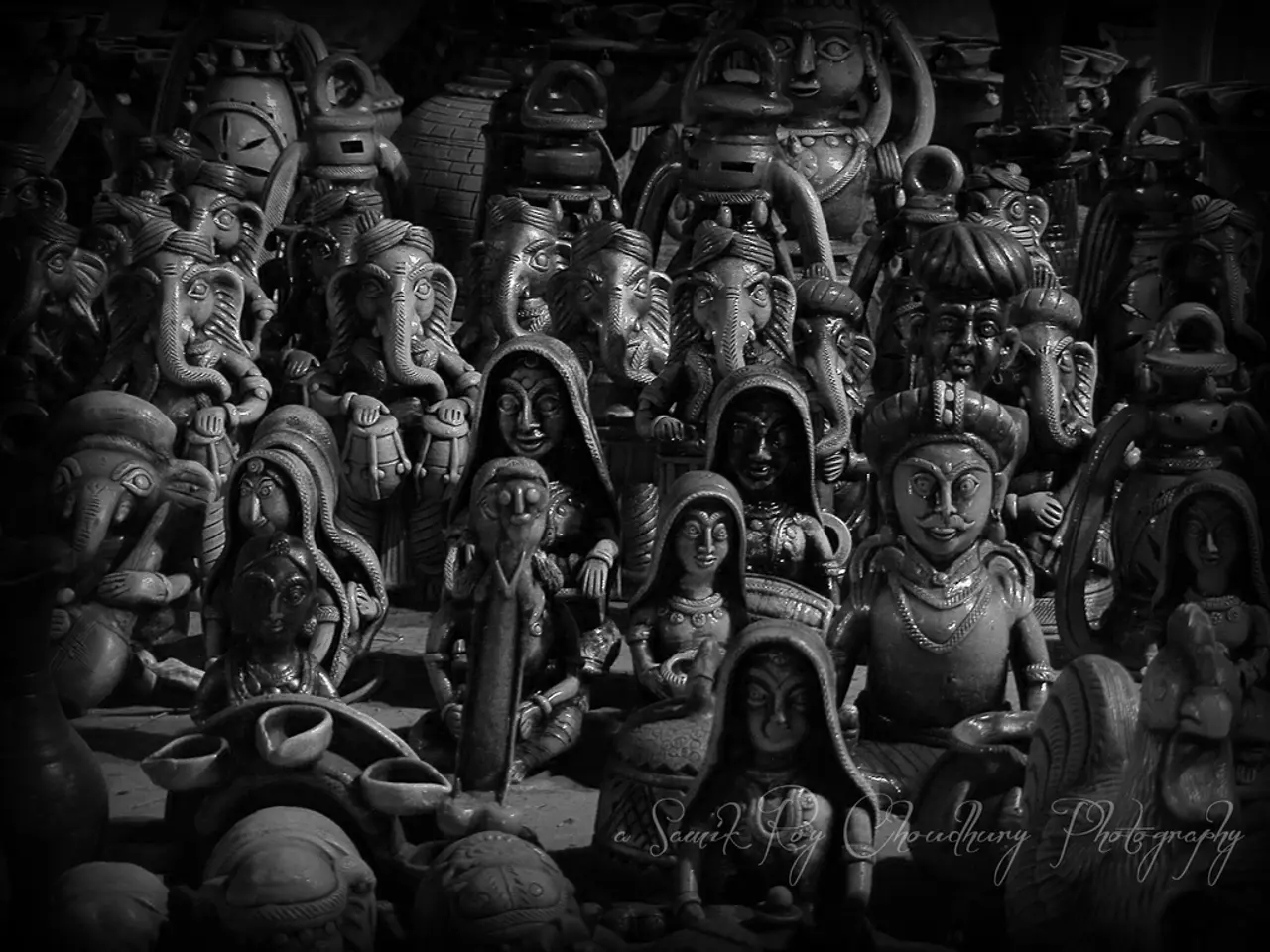A historic exhibition titled "Hamara Itihaas" in Delhi pays homage to the brave female soldiers of the Indian National Army's Rani of Jhansi Regiment, often overlooked women fighters in the nation's struggle for independence.
Women Freedom Fighters from Southeast Asia Honoured in Delhi Exhibition
A new exhibition at the India International Centre's Main Art Gallery in Delhi, titled 'Hamaara Itihaas Archives of Freedom Fighters' (HIAFF), is shedding light on the often overlooked contributions of women freedom fighters from Southeast Asia.
The exhibition focuses on women who played a significant role in the Indian National Army's (INA) all-female combat unit, the Rani of Jhansi Regiment, established in 1943 by Subhas Chandra Bose. Many of these women were not Indian by birth but of Indian origin from countries like Singapore, Malaysia, Thailand, and Burma (now Myanmar).
Origins
The Rani of Jhansi Regiment was named after Rani Lakshmibai, a symbol of courage and resistance during the 1857 Indian Rebellion. The regiment attracted women mainly from the Indian diaspora in Southeast Asia, many of whom had never been to India but were committed to its independence. Captain Lakshmi Sahgal led the regiment, which was among the first all-women combat units in modern history.
Roles and Contributions
Women in the regiment received military training in rifle shooting, map reading, and guerrilla warfare, marching proudly in khaki uniforms. Many joined due to Netaji Bose's rallying speech, demonstrating remarkable dedication by taking up arms and serving on the frontline. The regiment included notable family groups, such as the Mehta family and sisters like Rasammah Bhupalan and her siblings, highlighting the close-knit participation and sacrifice in the struggle. Their efforts were not just symbolic; they participated actively in the INA’s campaign aimed at freeing India from British rule.
Contemporary Status
Despite their contributions, many Southeast Asian Ranis have historically received limited recognition and no pensions as Indian freedom fighters, unlike their counterparts in India. Their stories remained largely forgotten until recent efforts, such as the "Hamara Itihaas" exhibition, started documenting and honoring these women's sacrifices and preserving their testimonies. The exhibition traveled across Southeast Asia to capture the stories of surviving members, filling gaps in the historical record. The struggle for official recognition and dignity continues today, reflecting ongoing challenges in acknowledging the diaspora's role in India's independence movement.
Writer-filmmaker Sagari Chhabra, who has been documenting these women's stories since 1995, hopes the collection will find a permanent home in a museum or public institution for public benefit and future generations.
The exhibition also includes Vittorio Sella's stunning images of the Himalaya, emphasizing the need for indigenous role models to inspire current and coming generations, criticizing the inadequacy of popular culture's role models. Additionally, it remembers women who hoisted the national flag inside Lahore Women's Jail on October 9, 1942, including Subhadra Khosla, Satyavati Devi, Pushpa Gujral, Nirmal Kant, Sarla Sharma, and Vijay Chauhan.
This history underscores the transnational nature of the Indian independence struggle and illustrates how women of the Indian diaspora in Southeast Asia played a vital yet underappreciated role in the INA's military efforts against British colonialism.
- The "Hamara Itihaas" exhibition traveled across Southeast Asia, not only documenting but also honoring the stories of Southeast Asian women who, despite their contributions and active roles in the Indian National Army, have historically received limited recognition and no pensions as Indian freedom fighters.
- To inspire future generations, the exhibition includes Vittorio Sella's stunning images of the Himalaya, emphasizing the need for indigenous role models that are often overlooked in popular fashion and culture.




